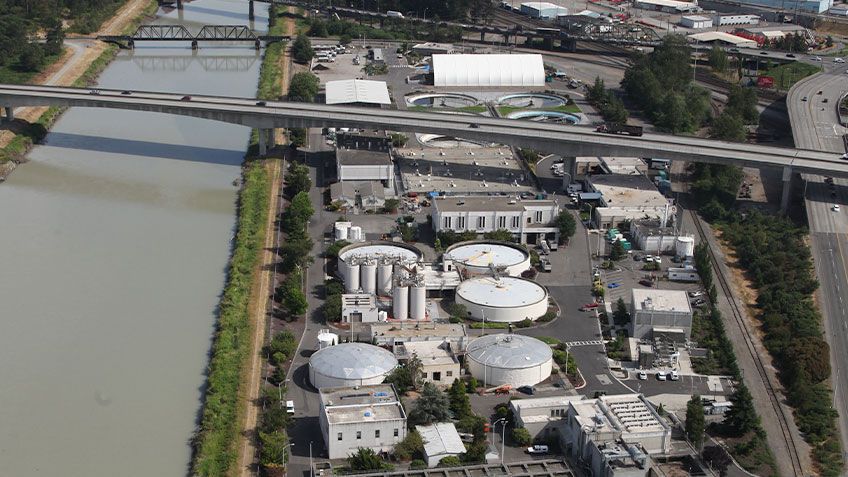Out with the old, in with the new
The flexible, modern DCS provides a plant-wide solution with pre-defined code and faceplates that improve ease of use for operators. The detailed Library of Process Objects with add-on instructions allows for a standard method of operation, decreases engineering deployment time and simplifies integration of non-Rockwell Automation devices.
“Our operations team requested modified, customized graphics to align closer with the grayscale standard but allow for more color to match the existing color schemes of the plants, and because of the flexibility of the PlantPAx system and its object library, we were able to easily do that,” said Roberts.
Historian and production intelligence software was implemented to improve the operator’s view into key process and performance data. The historian collects and archives valuable data from each plant’s equipment and instrumentation, and operators now have automated reporting capabilities and an easy-to-understand view into historical and real-time process trends, such as pumping metrics, and all process operations from the control room.
As part of the solution, the team implemented 22 new programmable logic controllers along with an Industrial Data Center from Rockwell Automation to help decrease server footprint and improve infrastructure reliability. The Industrial Data Center is a standard pre-configured infrastructure that offers a virtualized environment for testing configuration and software changes without impacting production, which was a must-have for the city. It also bundles technology from leading IT providers and Rockwell Automation Strategic Alliance Partners, Cisco and Panduit.
The implementation process for the full solution began in April 2015 and the cutover was completed in 2017, with only a few additional upgrades planned for pump stations.
Seeing clearly and easily
All in all, the modern DCS helped the city see into their process more clearly.
With the new system, the city is working on implementing a predictive maintenance strategy versus reactive. If an alarm went off or any issues arose with the legacy systems, operators would have to physically go inspect what was happening. Now, they have contextualized data through the process software in the central control room, which decreases troubleshooting time and costs associated with operational delays.
